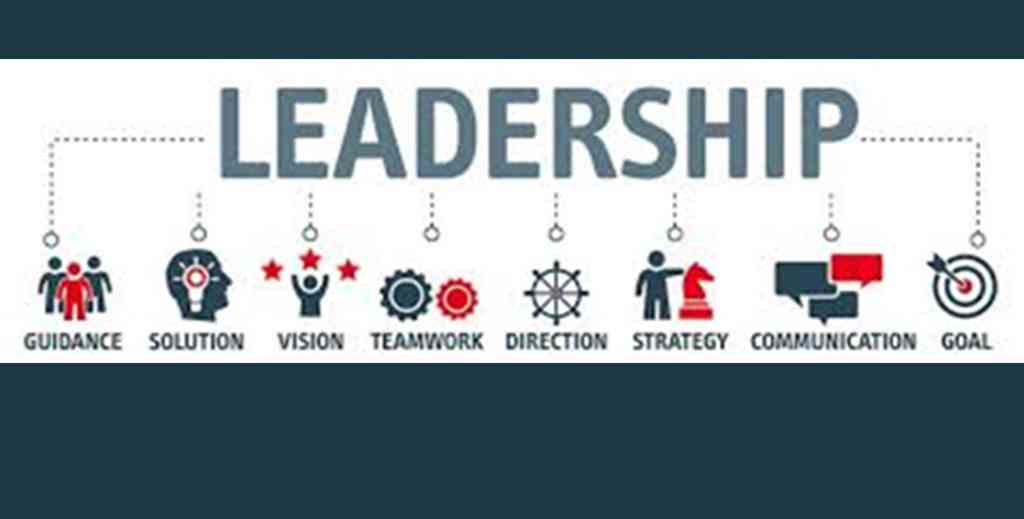Working in a Matrix
by Paula K. Martin, CEO, Martin Training Associates
Everyone works in a matrix, even if you’re not sure exactly what that means. A matrix is any organization that operates in two dimensions: the dimension of getting the work done (which is the horizontal dimension) and the dimension of reporting relationships and allocating resources (the vertical dimension). Work in the horizontal gets done through business processes, like accounts payable or the supply chain, which are permanent parts of the organization – or through projects, which are temporary.
Working in two dimensions creates difficulties for everyone, from the senior leaders to individual team members trying to get the work done. There are things that can be done at the top to make life easier for everyone in the chain of command. However, most of us have little or no control over senior leaders.
In fact, the only person we do have control over is ourselves. If we follow a few simple rules, we can operate more effectively in both dimensions within an organization.
These rules include:
1. Control of Self, Not Others
Many of us are deluded by the idea that we can control other people. We think we can control our subordinates, our team members, or even our spouses. The sad fact is that the only person we can control is ourselves, and most of us do a pretty poor job of that.
Sure, in extreme circumstances, such as a prison environment, we can control someone else’s actions, but we can’t control their minds and hearts. Those they have to give of their own free will.
The best way to win people’s hearts and mind is through collaboration – allowing them to participate in making decisions and solving problems that affect them.
2. Adult Relationships
Working effectively in a matrix requires collaboration between individuals and collaborative requires adult-to-adult relationships. Adults negotiate, come to consensus, resolve conflicts, respect each other’s opinions, recognize and respect differences, etc.
Too often relationships are parent-to-child. Parents dictate, judge, demand, criticize. Children whine, complain, revolt and feel victimized and powerless.
By staying in the adult-to-adult mode, we can more effectively negotiate for what we want and need to be successful.
3. Personal Power
Many of us work in organizations where being accountable for something means being blamed for what goes wrong. As a result, most of us give up our power and just comply with what is asked of us.
We have the option to empower ourselves – to climb out of the role of the victim and become a take more control of our destiny by negotiating our accountability upfront and refusing to buy into the blame game.
Once we accept accountability, it’s important to operate from a proactive stance.
4. Proactive
All too often we operate out of a reactive mode – responding to problems or other people’s agendas.
By taking the reins and becoming proactive, we are able to create more of the reality we choose for ourselves.
To be proactive requires planning – deciding what we want to create and what it will take to get there. Often this needs to be done with a team, as the reality we’re trying to create involves other people.
5. Personal Alignment
Personal alignment means that we have a mission for ourselves and a strategic plan for our lives and we seek to mesh our plan with the strategies of the organization that we serve.
When we can’t align our personal goals with the goals of the organization, then we find places to serve that are in alignment with our own plan in life.
6. Leader and Team Player
We live in a society that worships individuals. We are obsessed with heroes and we want our leaders to be heroes.
The fact is that most efforts in an organization do not result from the efforts of heroes. They result from the efforts of teams.
Therefore we need fewer heroes and better team players and team leaders. To work effectively in a matrix is to be able to move seamlessly from leading teams to working productively as a team member.
7. Active Learner
We all make mistakes. It’s not important to try and never make a mistake.
It is important that we don’t make the same mistake over and over again. We avoid repeating our mistakes when we become an active learner.
To continually learn we must be looking for lessons everywhere. What happened? What worked? What can we do differently next time?
It is possible to work effectively in today’s very complex organizations and it takes commitment from each of us to make them work effectively.



